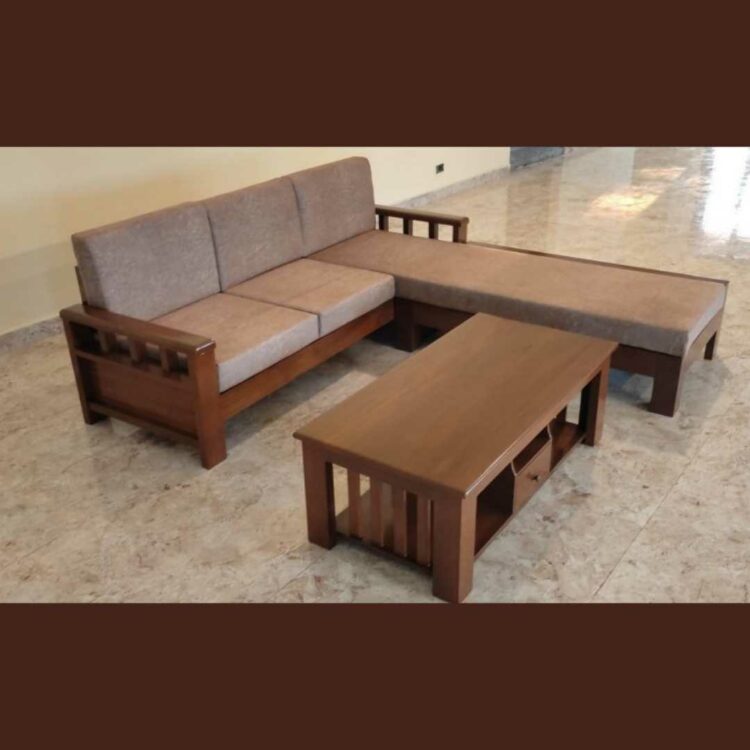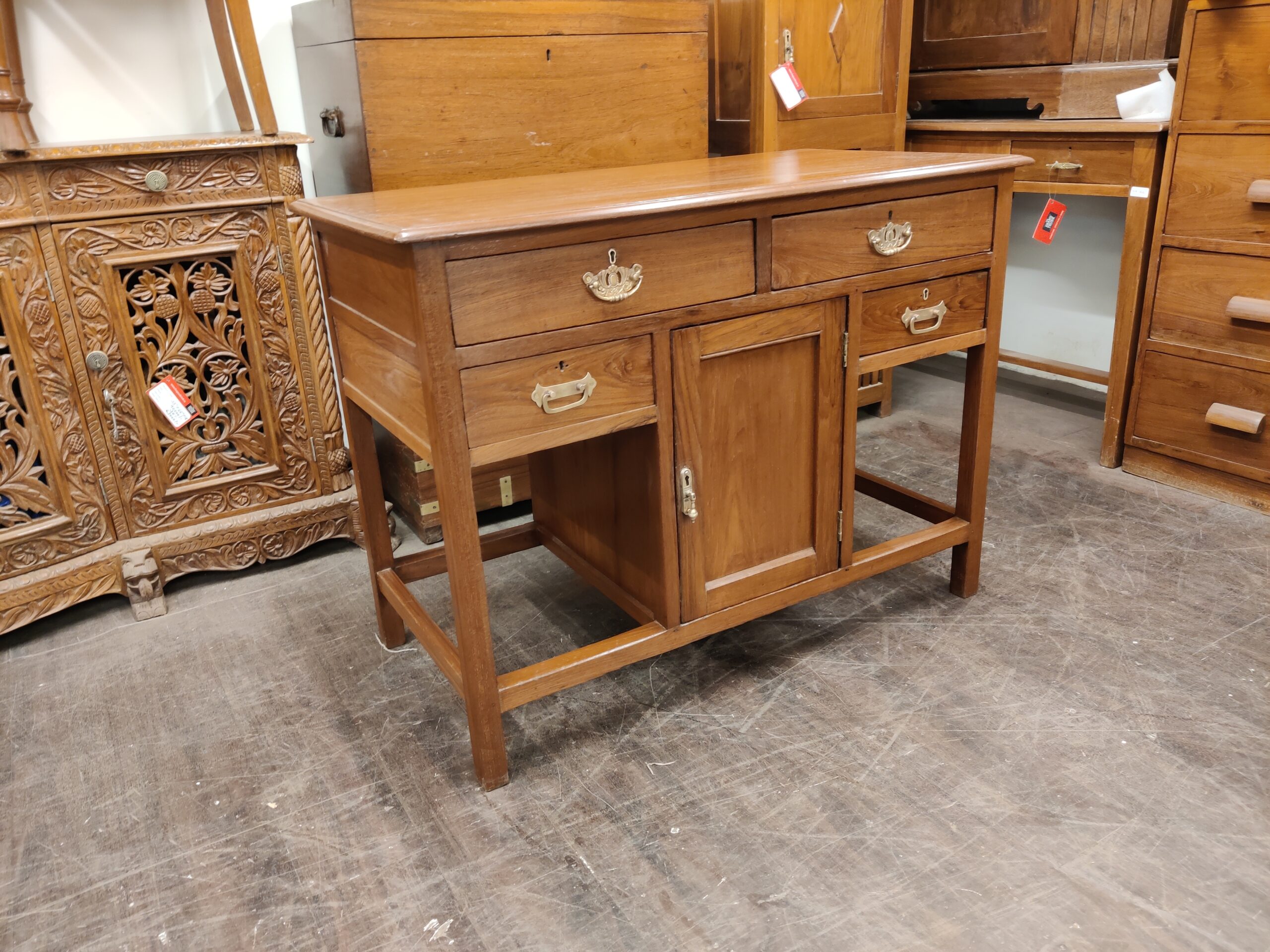Indonesian Teak Wood Furniture: A Perfect Blend of Design and Sustainability
Indonesian Teak Wood Furniture: A Perfect Blend of Design and Sustainability
Blog Article
Discover the Advantages of Choosing Teak Wood Timber Furnishings for Sustainable Interior Decoration
The selection of teak timber furnishings provides significant benefits for those committed to lasting indoor style. Popular for its exceptional durability and natural resistance to environmental challenges, teak calls for very little upkeep while keeping its aesthetic appeal over time.
Natural Longevity and Strength

Furthermore, teak wood is naturally immune to pests, consisting of termites and other wood-boring bugs, further boosting its long life. This quality minimizes the demand for chemical therapies that might possibly hurt the setting. The enduring nature of teak timber means that furnishings crafted from this material can be delighted in for generations, straightening completely with the concepts of lasting design.
In addition, the ageless beauty of teak wood contributes to its appeal, making it a flexible selection for various interior designs. By going with teak wood furniture, consumers not only invest in a durable item however additionally add to an extra sustainable future, as the longevity of the material lowers the frequency of replacements.
Eco-Friendly Sourcing Practices
Sustainable layout expands past the fundamental properties of materials to include responsible sourcing techniques. Eco-friendly sourcing is critical to guaranteeing that the ecological impact of production is decreased when it comes to teak wood furnishings. Teak, renowned for its longevity and resistance to elements, is usually gathered from taken care of ranches that stick to extensive sustainability standards.

Furthermore, ethical sourcing often entails the engagement of local areas, giving them with lasting livelihoods and promoting financial advancement. indonesian teak wood furniture. This collaborative approach not just protects the woodland ecological communities however also encourages those who depend on these sources
Visual Convenience in Design
Furnishings crafted from teak timber uses amazing aesthetic convenience, making it a popular selection for different design styles. Its rich golden-brown hue and straight grain add warmth and refinement, flawlessly integrating into both traditional and contemporary setups. Whether it's a sleek, modern table or an intricately carved antique chair, teak wood boosts the elegance of any kind of room.
Teak wood's natural beauty can be complemented by a range of finishes, ranging from brightened to matte, enabling homeowners to customize their furnishings to their details style vision. This versatility includes various shade combinations too; teak can integrate with neutral tones, vibrant shades, and even single schemes, making it suitable for diverse insides.
Beyond its appearance, teak wood's intrinsic resilience suggests that it keeps its visual charm gradually, resisting bending and fading. This long life encourages making use of teak wood in high-traffic areas, such as living areas and outdoor patios, without jeopardizing on style.
Reduced Upkeep Demands
The reduced upkeep see this page demands of teak timber make it an optimal option for property owners seeking both charm and practicality. Distinguished for its all-natural oils, teak wood is highly immune to insect, dampness, and mold and mildew damages, which significantly decreases the need for regular maintenance. Unlike lots of other kinds of wood, teak does not require normal sealing or chemical treatments to keep its honesty, permitting homeowners to appreciate their furniture without the concern of constant care.
Cleansing teak furniture just entails normal cleaning and occasional washing with light soap and water, which helps protect its natural luster. Over time, teak wood may establish a beautiful silver-gray patina if left neglected, contributing to its aesthetic charm. For those who like to keep its original shade, applying a specialized teak wood oil one or two times a year is enough.
In addition, teak's longevity ensures that it withstands everyday deterioration, making it a useful financial investment for both interior and outside use. This combination of durability and simplicity of care enables property owners to concentrate on enjoying their living spaces instead of stressing over maintenance, making teak wood furnishings an outstanding option for sustainable interior decoration.
Long-Term Expense Effectiveness
Purchasing teak wood furniture provides significant long-term price efficiency, mostly because of its remarkable longevity and low maintenance requirements. Teak wood is renowned for its strength against wear and tear, severe weather, and insects, which lessens the requirement for regular replacements or repairs. Unlike other products that may wear away with time, teak wood maintains its architectural stability and aesthetic charm for decades, making it a smart investment for any kind of indoor style.
Additionally, the low upkeep demands related to teak furniture better contribute to its expense efficiency. The natural oils existing in teak timber navigate to this site offer integral security versus wetness and discolorations, decreasing the need for expensive therapies or unique cleaning items. This simplicity of care translates to time savings and lower long-lasting maintenance expenditures.
Furthermore, teak wood often tends to retain its worth well, commonly valued with time, which can be advantageous if you determine to offer or repurpose your furniture - indonesian teak wood furniture. In recap, the mix of resilience, reduced upkeep, and worth retention settings teak timber furnishings as an economically sound option for sustainable indoor design, guaranteeing that your see here now investment settles for many years to come
Conclusion
In conclusion, teak timber furniture arises as a remarkable choice for lasting indoor style as a result of its all-natural resilience, environment-friendly sourcing practices, and aesthetic adaptability. The product's reduced upkeep requirements better enhance its charm, while its long-term expense efficiency strengthens its standing as a smart investment. By going with teak wood, consumers not only add to environmentally liable practices but additionally ensure the longevity and timelessness of their interior rooms.
The option of teak wood furnishings offers considerable advantages for those dedicated to sustainable indoor layout.Teak wood is renowned for its remarkable longevity and stamina, making it a prime selection for sustainable furnishings style. The long-lasting nature of teak timber means that furniture crafted from this product can be delighted in for generations, straightening completely with the principles of sustainable layout.
Furnishings crafted from teak timber uses amazing visual versatility, making it a sought-after choice for numerous layout styles.In final thought, teak wood furnishings arises as a premium selection for lasting interior design due to its natural durability, environment-friendly sourcing practices, and aesthetic convenience.
Report this page